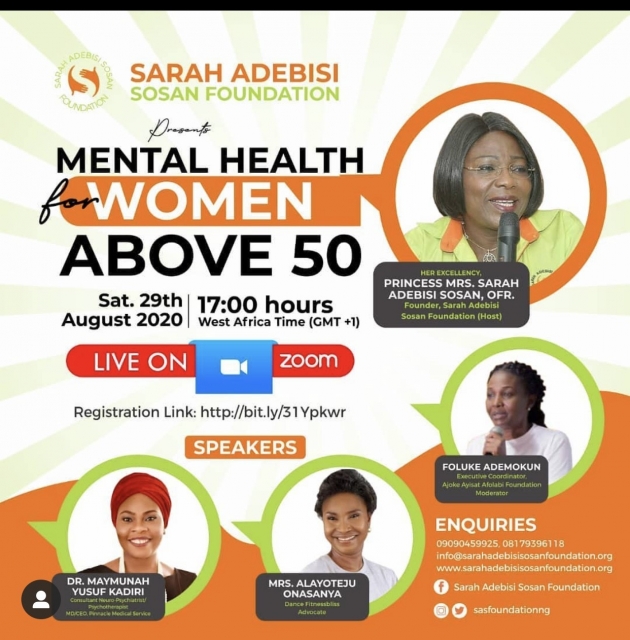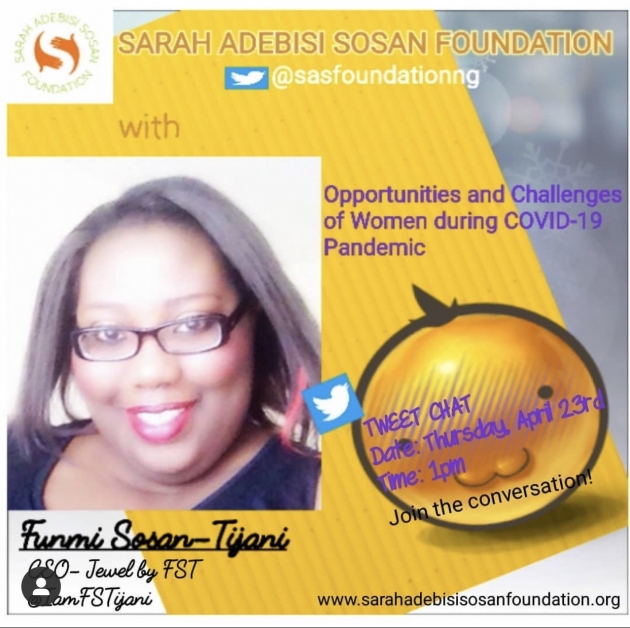Youth Empowerment
Youth empowerment is a process where children and young people are encouraged to take charge of their lives. They do this by addressing their situation and then take action in order to improve their access to resources and transform their consciousness through their beliefs, values, and attitudes.
Youth empowerment examines six interdependent dimensions: psychological, community, organizational, economic, social and cultural. Psychological empowerment enhances individual's consciousness, belief in self-efficacy, awareness and knowledge of problems and solutions and of how individuals can address problems that harm their quality of life. This dimension aims to create self-confidence and give youth the skills to acquire knowledge. Community empowerment focuses on enhancing the community through leadership development, improving communication, and creating a network of support to mobilize the community to address concerns. Organisational empowerment aims to create a base of resources for a community, including voluntary organizations, unions and association that aim to protect, promote and advocate for the powerless. Economic empowerment teaches entrepreneurial skills, how to take ownership of their assets and how to have income security. Social empowerment teaches youth about social inclusion and literacy as well as helping kids find the resources to be proactive in their communities. Cultural empowerment aims to recreate cultural practices and redefine cultural rules and norms for youth. Through these dimensions of empowerment, programs can work on empowering youth in one or more aspects of their lives.
Youth empowerment programs are aimed at creating healthier and higher qualities of life for underprivileged or at-risk youth. The five competencies of a healthy youth are: positive sense of self, self- control, decision-making skills, a moral system of belief, and pro-social connectedness. Developmental interventions and programs have to be anchored on these competencies that define positive outcomes of healthy youth.
Government involvement in the Youth Empowerment are the United States, Republic of Ireland and the Commonwealth.
United States
Youth empowerment occurs in homes, at schools, through youth organizations, government policy-making and community organizing campaigns. Major structural activities where youth empowerment happens throughout society include community decision-making, organizational planning, and education reform.
Republic of Ireland
In 2002 Comhairle na nÓg was established in each local authority area as part of the National Children's strategy. Comhairle na nÓg is Irish for Youth Council. These councils are encouraged to include the participation of young people from all walks of life and to tackle local issues affecting young people. It is run by the local county or city councils under the Office of the Minister for Children and Youth Affairs. It is a recognized political organisation by the Irish Government.
,
Commonwealth
The 53 member countries of the Commonwealth of Nations have all signed up to the Commonwealth Plan of Action for Youth Empowerment (2007–2015). The Plan of Action underpins the work of the Commonwealth Youth Programme (CYP). On the Commonwealth definition, "Young people are empowered when they acknowledge that they have or can create choices in life, are aware of the implications of those choices, make an informed decision freely, take action based on that decision and accept responsibility for the consequences of those actions. Empowering young people means creating and supporting the enabling conditions under which young people can act on their own behalf, and on their own terms, rather than at the direction of others."




Add new comment